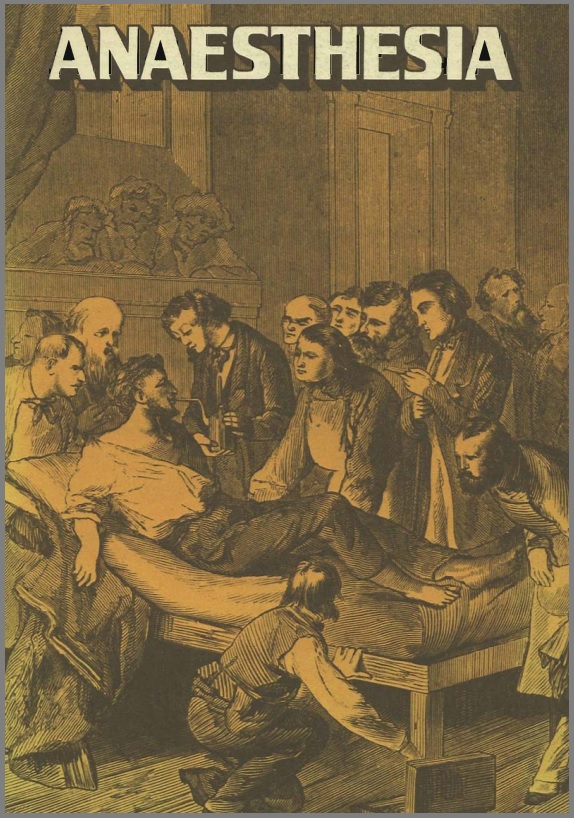Anaesthesia is the art or science of rendering the patient unaware, thereby providing an indispensable foundation for surgery. Although man had unsuccessfully been attempting to eliminate…
Anaesthesia is the art or science of rendering the patient unaware, thereby providing an indispensable foundation for surgery. Although man had unsuccessfully been attempting to eliminate the pain of surgical procedures for many centuries, anaesthesia was not introduced into medical practice until the…
Anaesthesia is the art or science of rendering the patient unaware, thereby providing an indispensable foundation for surgery. Although man had unsuccessfully been attempting to eliminate the pain of surgical procedures for many centuries, anaesthesia was not introduced into medical practice until the first half of the nineteenth century. Since then considerable progress has been achieved in the form of safer and more effective agents and vastly improved surgical techniques and this has facilitated the alleviation of many painful conditions and reduced substantially the incidence of premature mortality. Anaesthesia has therefore played a vital, albeit indirect, part in the major advances in the quality of human life.
The precise mode of action of pharmacological agents producing anaesthesia has yet to be fully understood, although a number of theoretical explanations have been attempted. Nevertheless, increasing knowledge of both human physiology and the effects of drugs on the body means that the anaesthetist now possesses a high degree of control over the preparations he employs.
A state of surgical anaesthesia does not simply imply unconsciousness. More accurately, it is a state of reversible insensibility which incorporates three separate components: narcosis, analgesia and muscular relaxation. However, no single agent can satisfactorily produce variable levels of these three elements and this has, of course, stimulated research into and the development of drugs to serve specific anaesthetic purposes. Consequently it is now possible to select the combination of drugs which is most appropriate to the particular requirements of different surgical procedures and patients. This has considerably reduced the incidence of dangerous side effects and death attributable to complications of anaesthesia is now an extremely rare event.
Concomitant with these developments has been the emergence of the anaesthetist as a specialist in his own right. The image of the ‘gas man’ has been shed to a large extent and the modern day anaesthetist (of which there were nearly 3,000 in England and Wales in 1973) is widely regarded as a highly skilled and essential part of the medical team. His function extends well beyond the surgical operation itself; he is particularly involved in the preoperative preparation and post-operative care of the patient and has other responsibilities throughout the whole field of pain relief.
This paper is primarily concerned with the use of general and local anaesthetics in providing a means whereby surgical procedures can be undertaken rather than with their function as a direct form of therapy (for example, local pain relief). A brief historical outline of the subject is followed by a general survey of the benefits and risks which have resulted from the everyday use of anaesthesia. In this context consideration is also given to the questions of health care resource allocation posed by advances in medical technology. Finally the possible alternatives to conventional, chemically-induced anaesthesia, like acupuncture and electro-anaesthesia, are examined.
